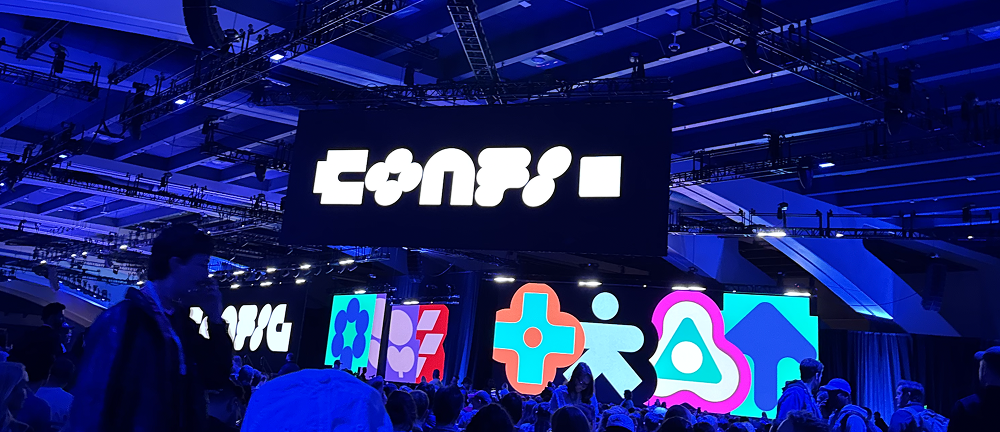This was a huge year for Figma with 4 major drops:
- Figma Sites—think WebFlow/Framer. Publish your site from Figma. The problem of creating in Figma, then recreating it in another tool is very real. Can’t wait to try it out.
- Figma Make—think of Make to Figma as what Cursor is to VS Code. Design, code and create all from one place.
- Figma Draw—for years designers have sworn by Figma for vector graphics but it was just not as robust as good old Adobe Illustrator. Now with Draw—everything’s about to change. Draw still feels like an entry level product but the demo was impressive and the core features seem promising.
- Figma Buzz—basically Canva’s new challenger. Buzz makes asset creation easier for marketing teams, all within Figma.
With Adobe’s acquisition off the table, Figma’s back and better than ever.
If you can’t join ’em? Beat ’em!
Designing in age of AI
No surprise here—AI was everywhere this year. But unlike last year’s ominous tone, this year feels optimistic. It’s not AI vs. designers—it’s AI with designers. I’m not worried about AI replacing Designers overnight, but I do think our roles are evolving fast. The only way is through.

In the “The rise of the design engineer” the two co-founders demoed how their tool is able to quickly recreate the site from Figma to whatever stack your company supports. No pixel perfect engineers on your team? No problem. Should developers be worried? Maybe but I think in the end, just like design, both roles with evolve.
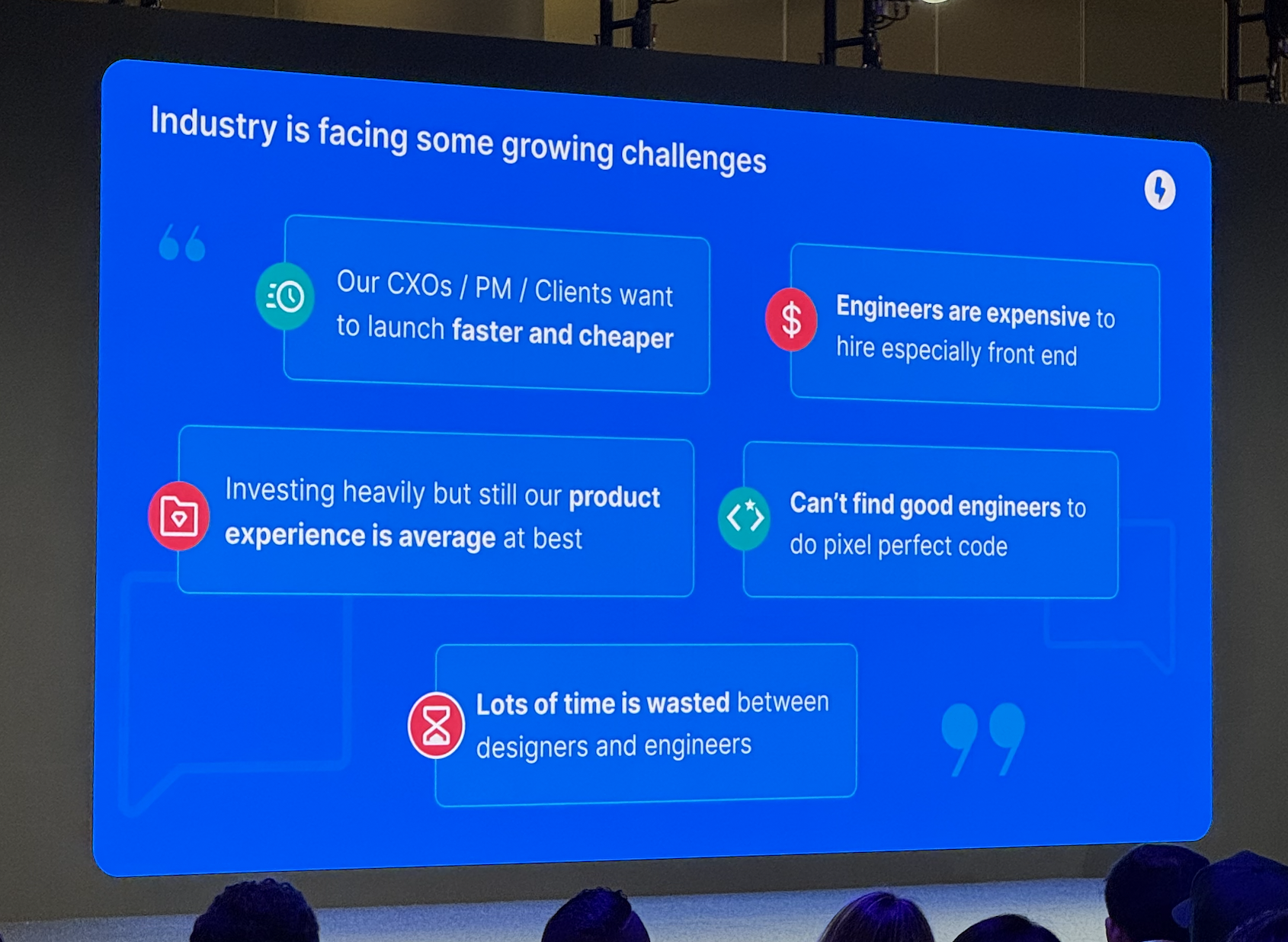
On the flip side, Figma’s demos with Make felt more empowering than threatening. It’s not about replacing your design—it’s about building playful, interactive experiences. One demo had you fighting gnomes in the woods. Gnomes!
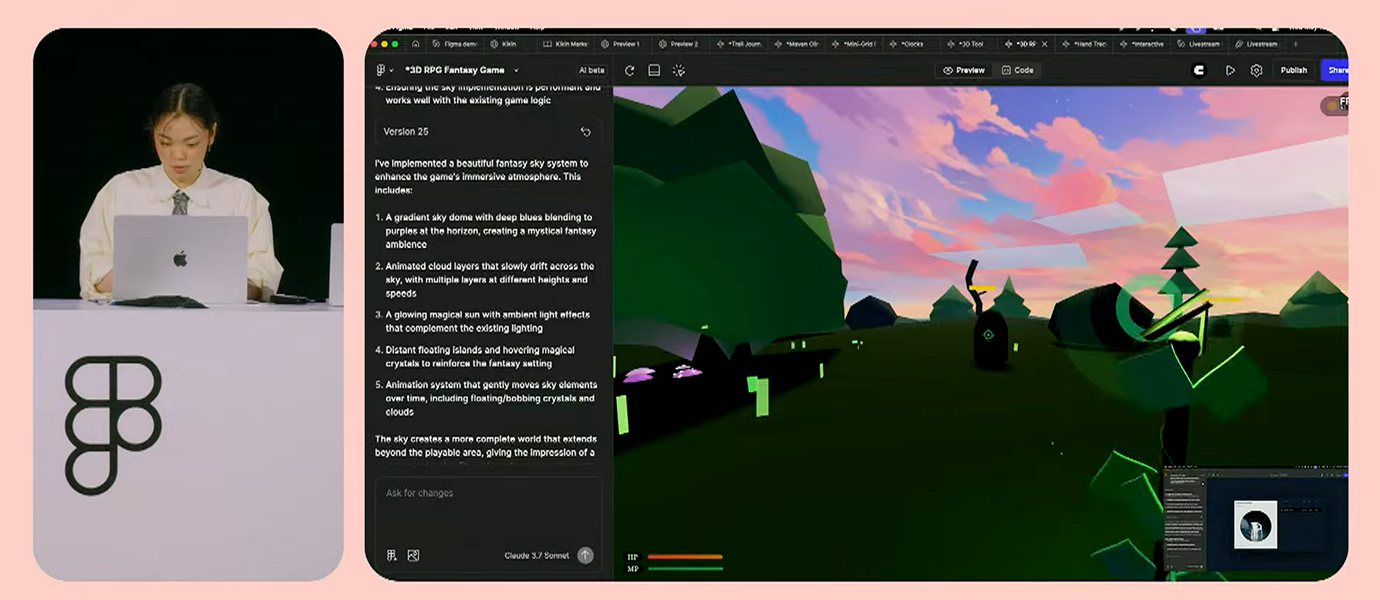
With AI designers role will change and even great tools still need a master craftsman. If anything sometimes AI has a tendency to smooth over and create bland designs—the role of craft—the quality and care is coming back into play.
Craft is still key

- Craft as a competitive differentiator. Karri Saarinen (Co-founder & CEO, Linear) mentioned how they built the culture of craft from the outset at Linear and how it helped fuel growth. There are no MVPs unless they’re internal builds. Bugs are closed within 7 days. I loved the talk but it made me wonder—how do you maintain that level in a larger org where design is just one of many functions?
- AI will need curation. Just like Photoshop didn’t turn everyone into an artist, AI won’t magically deliver good design. It’s easier to use—but someone still needs to make the calls.
- Quality through quantity. from Gabriel Valdivia’s talk, the best design emerges from countless iterations, don’t be afraid to share work every few hours, especially in 0 → 1 initiatives. This was a much needed reminder for me personally—I bring my work to our critique twice a week but what if I brought it twice a day?
Craft isn’t going away. If anything, the bar for thoughtful, human-centered design is only rising.
Lower friction to launch
Big teams used to mean siloed roles: PMs, designers, engineers, researchers, analysts… But now? The lines are blurring.
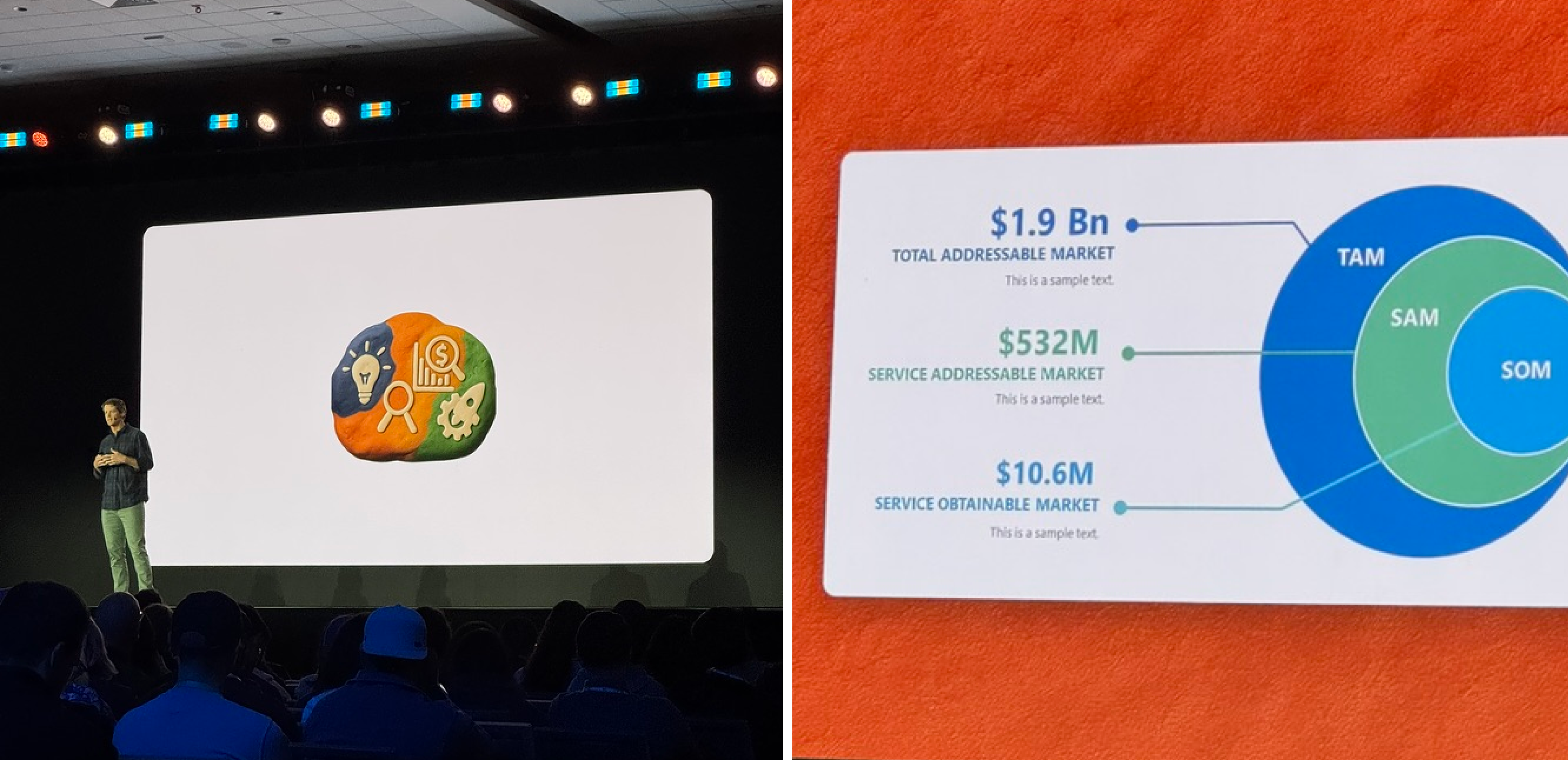
AI might help us move faster with fewer resources
- Build in public—product creation is sometimes as a linear, laborious process—only to launch a “perfect” product too late, missing critical user feedback along the way. What if we built in public instead? Nolan Perkins gave a talk that was raw, honest and covered the joys and struggles of building in public.
- Go solo—Christine Vallaure de la Paz shared how she bootstrapped her own company, Moonlearning, slowly and intentionally. A great reminder that not everything has to be VC-backed or fast-growth from day one. No hockey stick? No problem. Build it over time and built it with care.
- Become a founder—Parteek Saran went from designer to startup founder, encouraging others to make the leap too. The tools are here. And more importantly—as deisgners, we have the mindset already aka the through line of the talk was “You’re already doing it!”
AI is lowering the barrier to entry. Whether you’re solo, on a team, or somewhere in-between, it’s never been easier to build something new.
Beyond everyday pixels
One of my favorite parts of Config is how it goes beyond just product design tips. It’s about what design could be. These were a couple of my favorite talks that pushed the boundaries of designed things and digital expereinces. What if design could be fun? Or Dopamine Driven as David Galavotti put it.
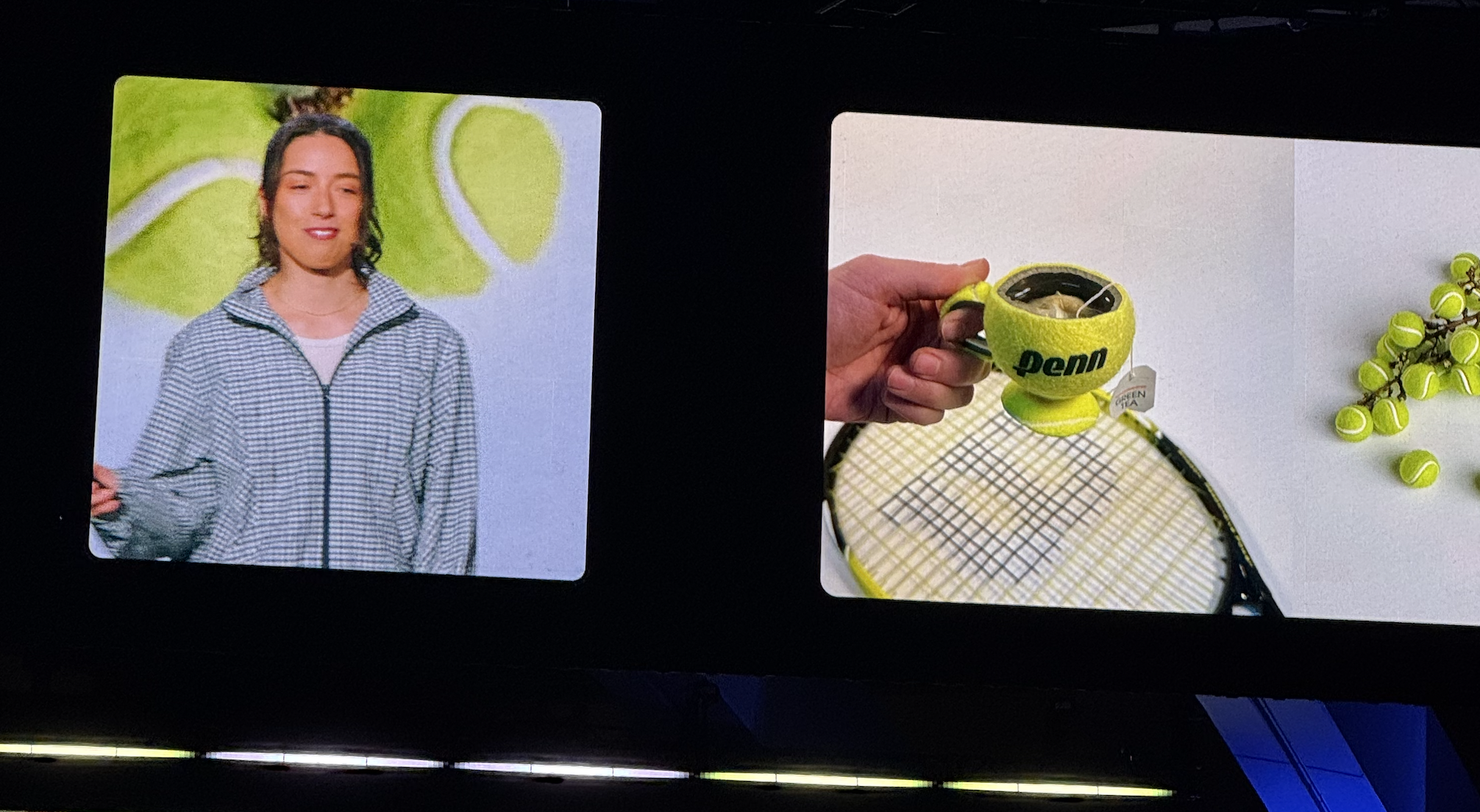
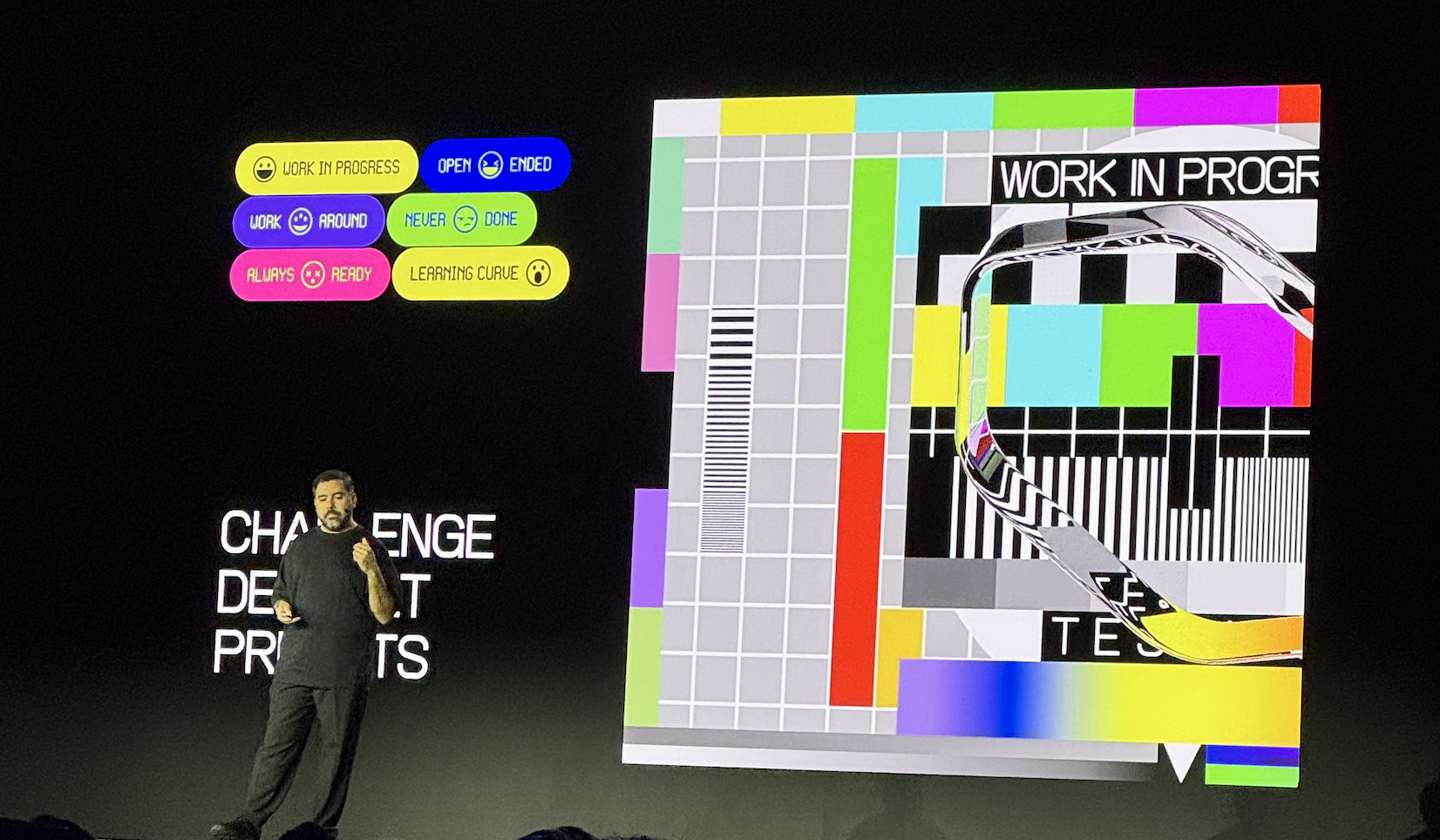
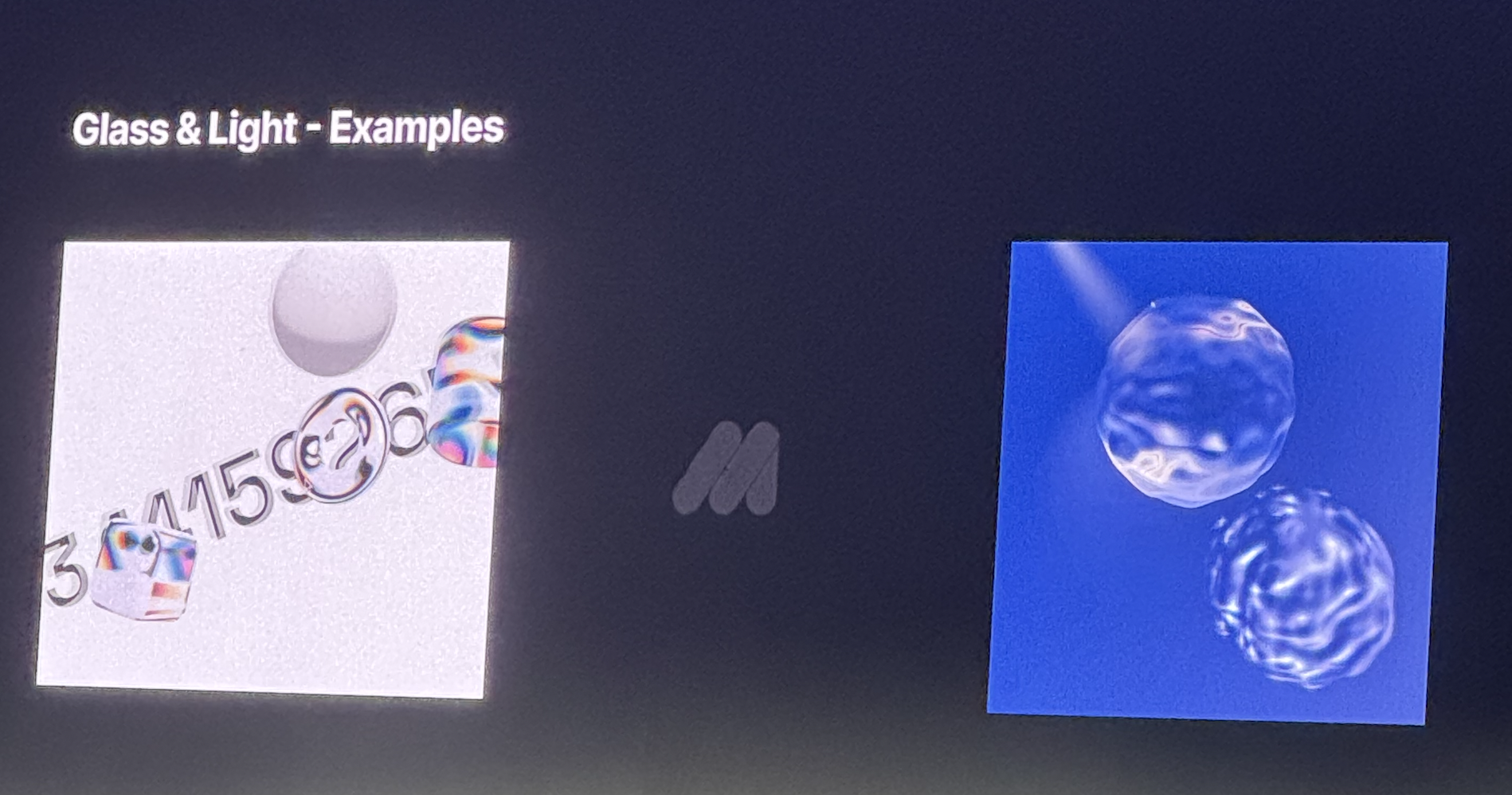
With these examples, strong attention to craft and blurring the lines between design, visual code and image was amazing to see. I loved David’s quip that it’s important to build for oneself aka “Dopamine driven development”
What’s next?
Personally, I’m excited to dive into all the new tools and technsiques and start learning.
Last year felt like a downer. Who needs designers if Figma can just build it for you? But the vibe has shifted this year. I dare say — we’re in a golden age. The tools are evolving and somewhat curde. But as I learned from Raylene Yung’s talk, best orgs don’t just settle for what they have—they build better tools for makers.
Can’t wait to dive in.
